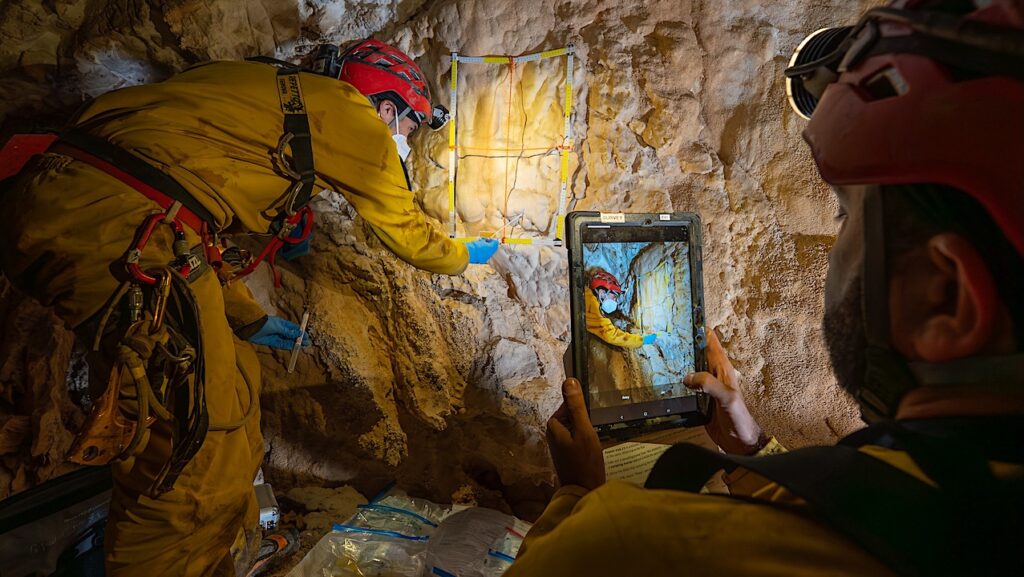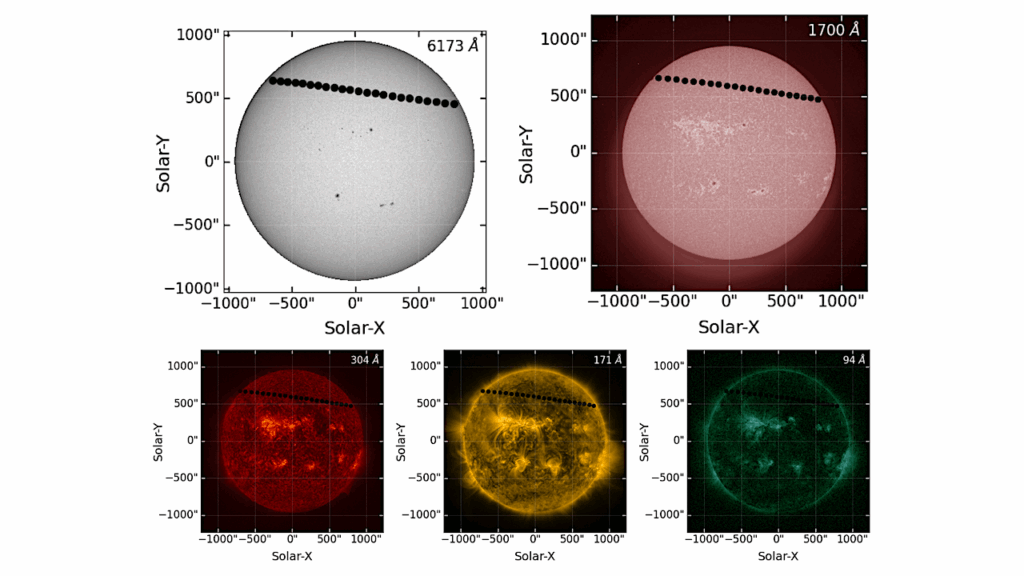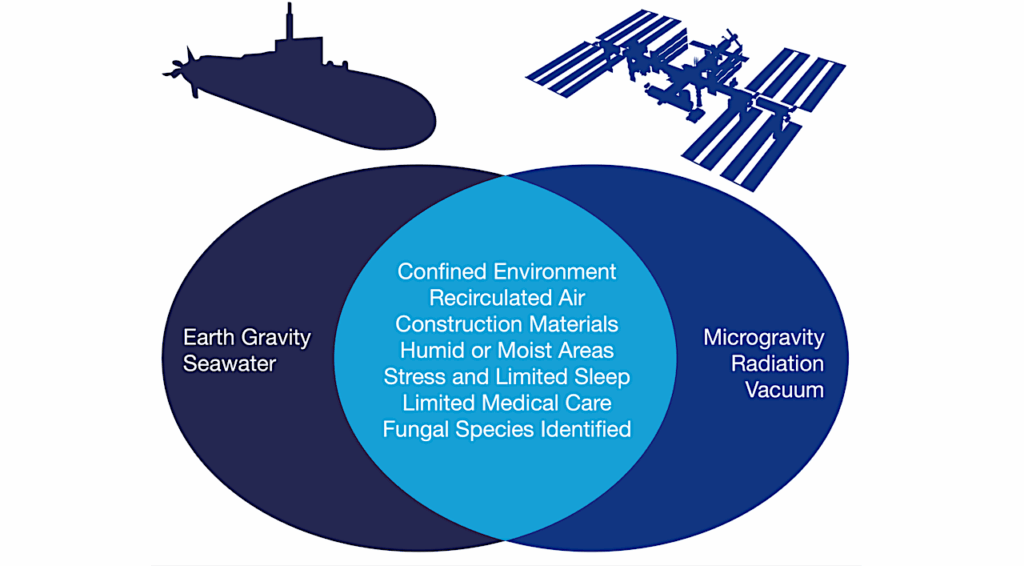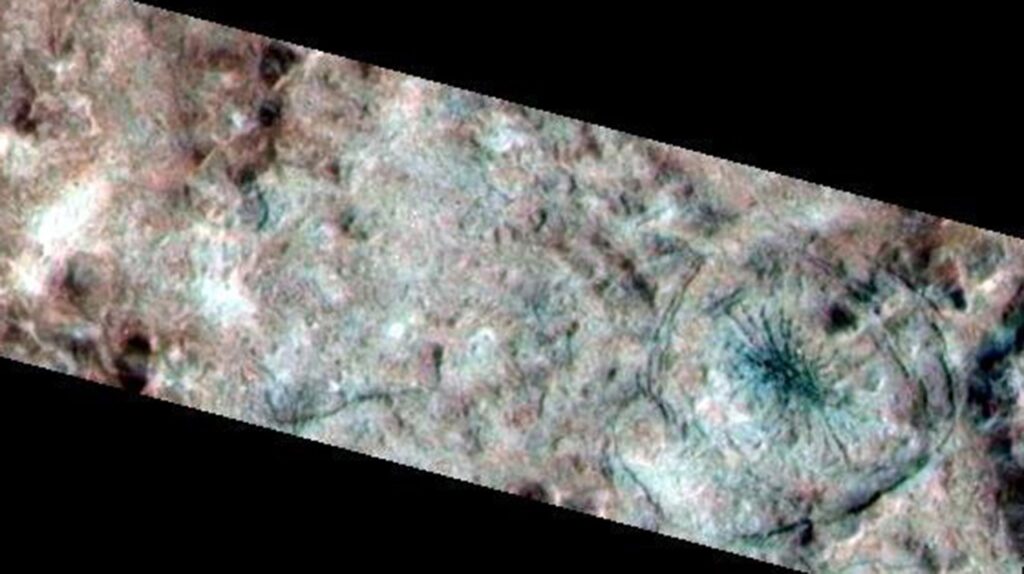Tricorder Tech: Developing a Microfluidic Device to Perform Surface-Enhanced Raman Spectroscopy Analysis in Future Astrobiology Missions

The main advantage of Raman spectroscopy over competing analytical instruments used in robotic planetary missions is the capability to identify both organic and inorganic molecules.
Looking at current (NASA/Mars 2020) and forthcoming (ESA/ExoMars) astrobiology missions, the use of Raman spectrometers has been so far focused on the identification of inorganic molecules rather than on the search for biosignatures. This is mainly due to the fact that the sensitivity of conventional Raman analysis is not compatible with the low abundance of biosignature that is expected to be preserved in geological targets found on Mars. Learning from terrestrial applications, this issue can be solved by using the Surface-Enhanced Raman Spectroscopy (SERS) method.
Based on the resonance effect produced by the interaction of organic molecules with metallic nanoparticles (SERS nano emulsions or substrates), SERS analysis proved to successfully detect biomarkers in both liquid and solid samples down to ppb values. Having this in mind, the ERICA research group recently developed a microfluidic solution for the automated synthesis of SERS nano emulsions during planetary exploration missions.
Based on the use of a tailored microfluidic chip connected to micropumps and microvalves, the recently patented system has been recently applied to the analysis of nucleobases-solutions of known concentrations. Laboratory tests proved that SERS analysis performed directly on chip ensured the detection of adenine down to a concentration of 10-9M, this value being 6 orders of magnitude lower that conventional Raman analysis. As a further step in this development, the ERICA research group will soon test the suitability of this device directly on the field.
In detail, the microfluidic device will be applied to the study the organic content of water samples that will be collected from multiple hydrothermal systems found in Iceland, these being well acknowledged as optimal terrestrial analogue sites of Mars.
https://ui.adsabs.harvard.edu/abs/2023pses.conf80607V/abstract
Veneranda, M. ; Sanz-Arranz, A. ; Prieto Garcia, C. ; Manrique, J. A. ; Julve-Gonzalez, S. ; Reyes, I. ; Rull, F. ; Sathyanarayanan, G. ; Kutter, J. P. ; Lopez-Reyes, G.
Seventh edition of the Spanish Meeting of Planetary Sciences and Exploration of the Solar System (7th CPESS), held 11-13 July, 2023 in Valladolid, Spain. Online at https://www.cpess7.com/93374/detail/7th-edition-of-the-meeting-on-planetary-sciences-and-exploration-of-the-solar-system-cpess-7.html, id.80607
astrobiology








